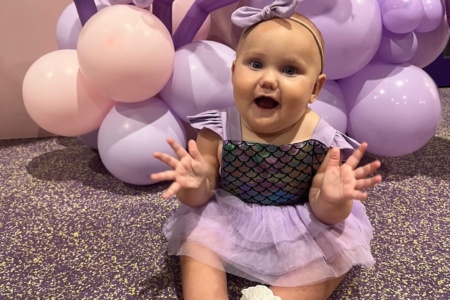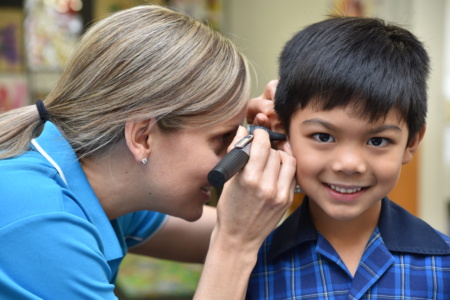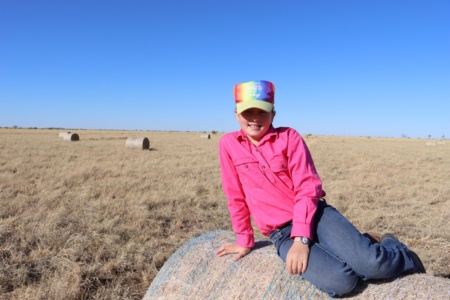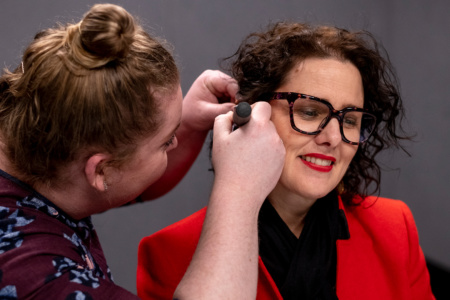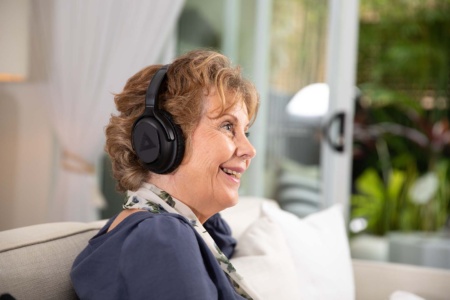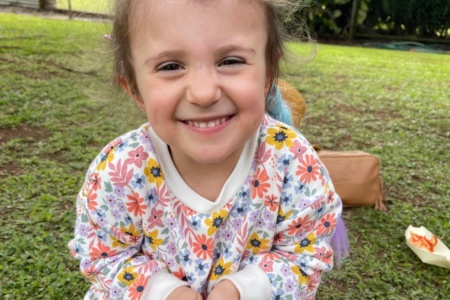Does your toddler need a hearing test and you’re unsure what to expect? At Hear and Say we often get questions about hearing tests for children so put together a quick article to explain how the process works.
Having a hearing check is usually a fun and painless experience for toddlers or young children. Different approaches to hearing assessments are taken depending on the age of the child. There are two main types of hearing tests for this age group including behavioural testing and objective (electrophysiological) testing. The latter is typically used to test hearing for babies under six months of age but both tests have their advantages. It’s useful to have results from both types of tests to confirm hearing levels in young children.
Objective testing doesn’t require a response from the child, and is similar to the hearing screening most newborns have called an Auditory Brainstem Response (ABR) test. For older babies and toddlers, we use behavioural testing. This is where children do something that lets us know they have heard the sound, for example they might look to their parents or for a puppet in the window. They may also take a turn in a listening game. This type of testing has the advantage of telling us the complete picture about the function of the auditory pathway because the child is doing an action to demonstrate that they have heard a sound.
How do I know if my child has hearing problems?
It may be that you’ve noticed your child responding to questions with “Huh?” more often, or they always want the TV volume up louder, or that their teacher has raised a concern about their concentration in the classroom.
There are many reasons why families may be worried about their child’s hearing. Signs of hearing loss in children to look out for include:
Trouble following directions or responding to questions
Their speech or language is delayed or noticeably different compared to their friends or siblings
They don’t react to loud noises or sounds
They are tired when they come home from childcare, kindy or school
Having behavioural problems or struggling with attention at school or home
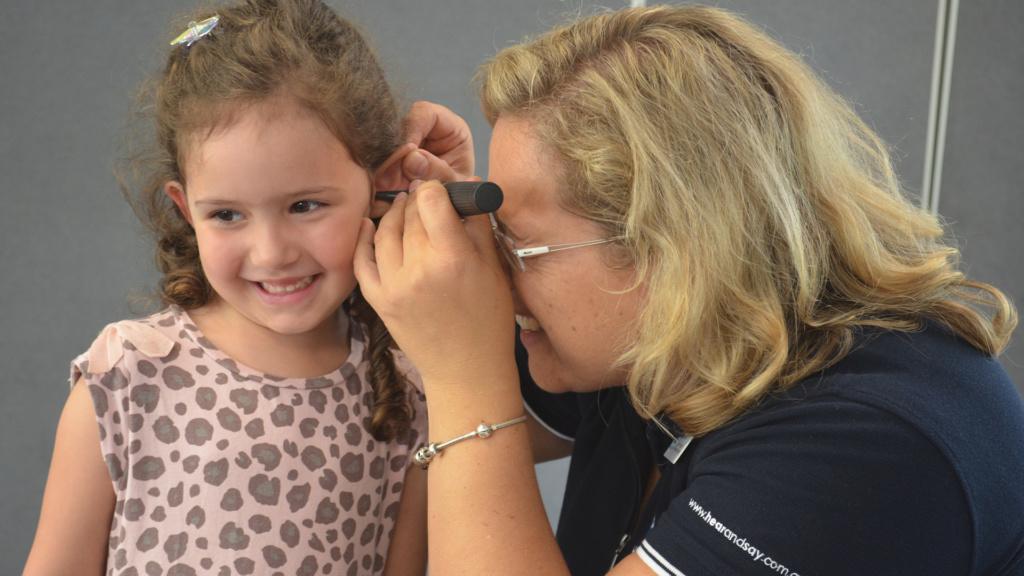
What makes a child more at risk of hearing loss?
There can be a number of temporary and permanent causes of hearing loss in children however in many cases there is no known cause.
Causes of temporary hearing loss
Wax build up
A foreign object, for example marbles or Lego, stuck in the ear canal
Ear infections in the middle ear (otitis media or glue ear)
Eustachian tube blockage (feeling of blocked ears) as a result of a cold or flu
Causes of permanent hearing loss
- Genetics
- Exposure to loud noises, for example an explosion (known as noise-induced hearing loss)
- Accidents or injuries like a skull fracture
- Virus or illnesses like meningitis
- Perinatal viruses like cytomegalovirus (CMV)
- Incomplete or partial formation of the ear structures
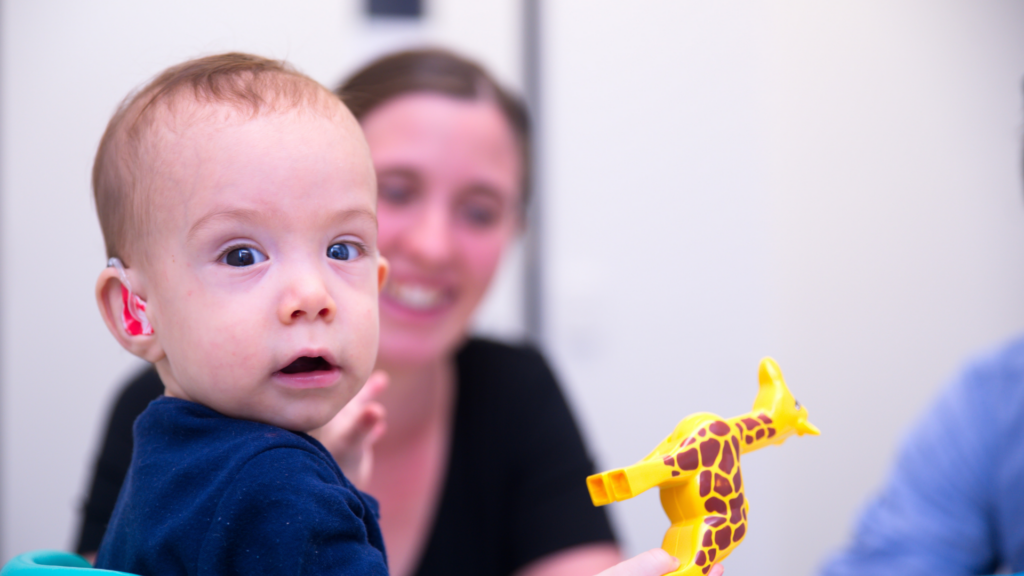
The effect of hearing loss on speech and language development
Hearing loss can happen at any age in children and can change slowly over time without them, their parents or teacher noticing. The number of children with hearing loss doubles by the time they reach school-age. Even if a child has passed previous hearing tests, such as the universal newborn hearing screen, it’s important to keep an eye on their hearing as it can impact their speech and language development.
Some signs of the impacts of speech and language development may include:
Finding it difficult to understand what the child is saying
They pronounce the same word in different ways for example saying 'dar' for 'car'
Using incorrect vowels for words such as 'car' turns into 'core'
Dropping the initial sound of a word off so 'car' is 'ar'
Getting frustrated when communicating with people
Trouble following instructions
Limited vocabulary with limited understanding of what words mean
Poor concentration
Having trouble answering questions starting with 'Wh-'
A speech pathologist can help by undertaking a speech and language assessment if you have concerns that your child may have a speech and language delay.
Behavioural hearing tests (six months to five years)
Visually Reinforced Orientation Audiometry (VROA)
A “puppet test” or VROA is often used with children under three and a half years. This involves the child learning to turn towards a speaker whenever a loud sound is presented. When the child looks to the speaker, a puppet is shown as a reward. Children quickly understand that when they hear the sound, the puppet will appear if they turn to the source. Once a child has learnt to turn to the sound at louder levels, we can check for the softest sound they can hear.
Individual ear results can be determined if the child will wear headphones during the test. Most children enjoy this game, and it’s possible to get a full graph of hearing for at least the better hearing ear on most children at this age.
VROA is used until a child is around two-and-a-half to three-and-a-half years where they can concentrate enough to move on to play audiometry.
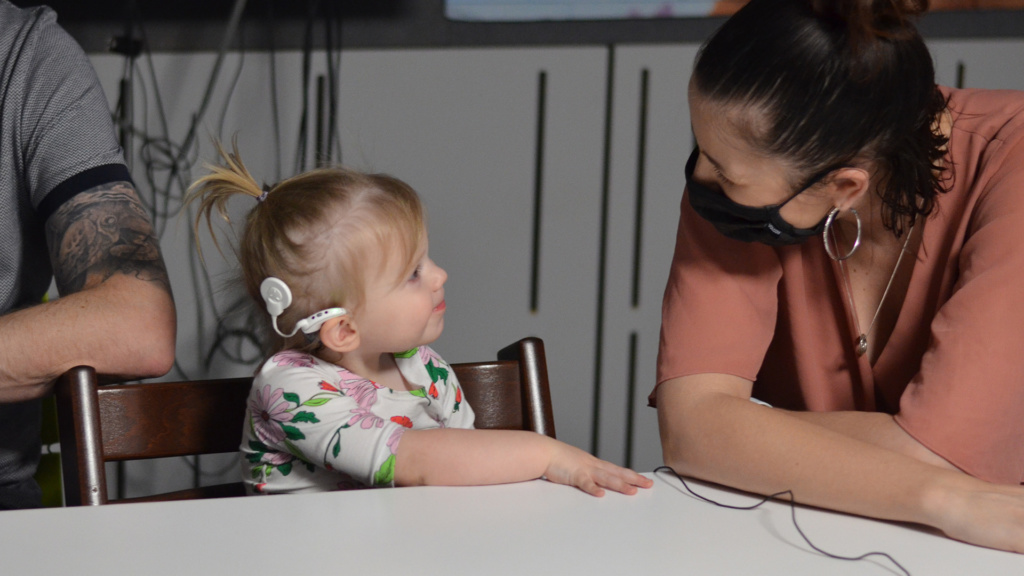
Play audiometry
Play audiometry can be used for children between three to five years. This requires the child to listen for whistles or beeps while wearing headphones, and perform a fun task such as putting a coin in a piggy bank or a piece in a puzzle.
Making a “game” of the hearing assessment keeps the child’s interest and enables a full picture of the hearing in each ear to be gained in around 30 minutes.
Tympanometry
Another part of the assessment is called the ear pressure test or tympanometry, which looks at how well your child’s ear drum is moving. This involves putting a small plug in the ear and varying the pressure in the ear canal to check for any congestion or fluid behind the eardrum.
The pressure test is painless but does feel a little strange for young children. A parent/carer is typically asked to hold and reassure the child for this test, which only takes a few seconds to complete.
What are the four degrees of hearing loss?
The treatment recommendations for a child with hearing loss will be dependent on various factors including the degree of their hearing loss.
Mild hearing loss
A child experiencing mild hearing loss may have trouble hearing soft voices or speech at a distance. It may also be difficult to hear a conversation when there is background noise.
Moderate hearing loss
For a child who has a moderate hearing loss, everyday communication is impacted, especially in group scenarios with background noise. They will need to wear hearing aids which will make sounds louder so they can understand conversations and speech.
Severe hearing loss
A child who has a severe hearing loss will significantly struggle to understand speech in everyday conversations. Children who have a severe hearing loss may be candidates for cochlear implants.
Profound hearing loss
When a child has a profound hearing loss it's so extreme that they may only hear excessively loud sounds or speech. Children with profound hearing loss tend to have limited benefit from hearing aids and are cochlear implant candidates.
FAQs
You can prepare your toddler for hearing tests by offering them headphones to listen to a favourite song or story before the appointment. Explain they are going to play some fun listening games and we will check in their ears with a light.
You can also use a small torch to look inside their ear and playfully say, “What’s in your ear?” If they’re old enough to mimic you, give them the torch and let them look in your ear, too.
Even if a child passes their newborn hearing screening, they can still develop hearing loss as they get older. Children should continue to have their hearing checked in preschool or prep/ kindy and at any time you have concerns.
The typical hearing range for children is between 0 and 20 decibels at all frequencies. The lowest threshold of sound is around 20 decibels which is about the level of sound from whispers or a tap running.
A moderate to severe hearing loss is when a child cannot hear sounds between 56 to 70 decibels (for example, standard conversation) and a profound hearing loss is when sounds greater than 91 decibels (for example, motor bikes) cannot be heard.

